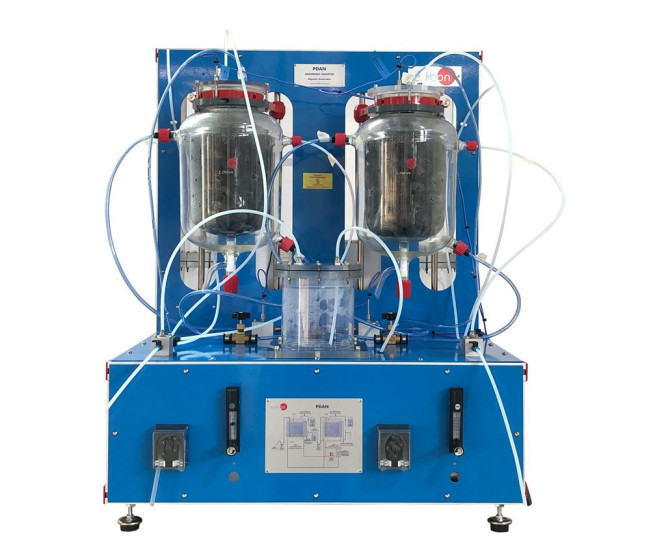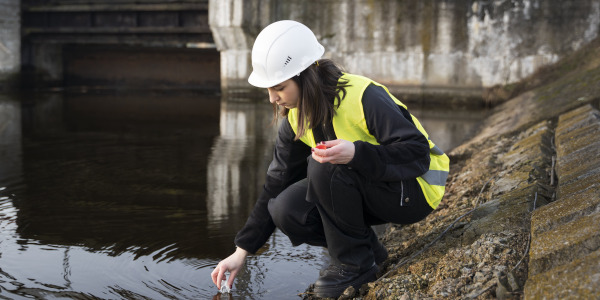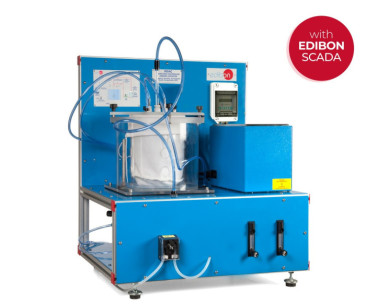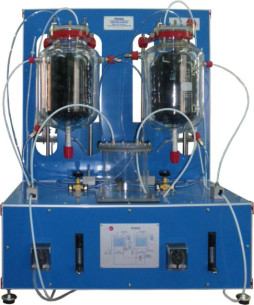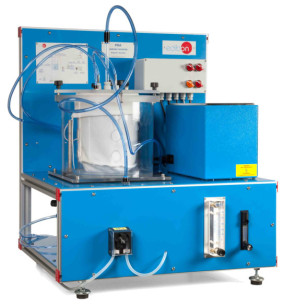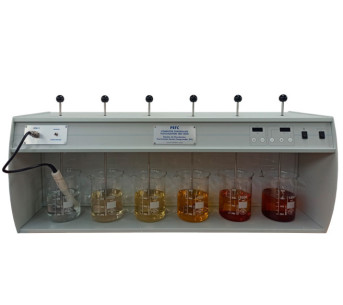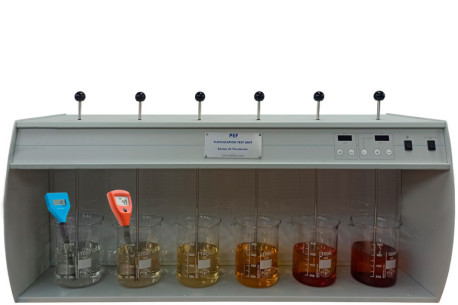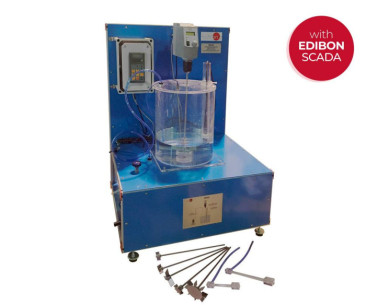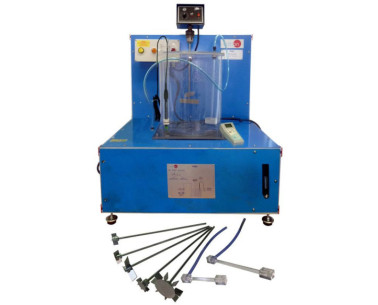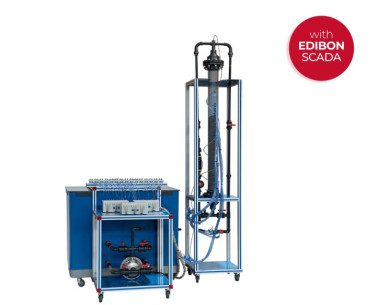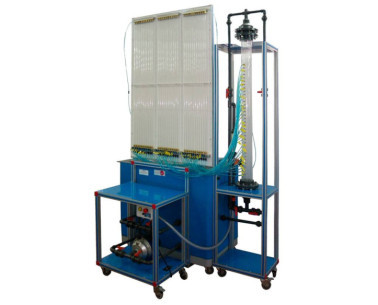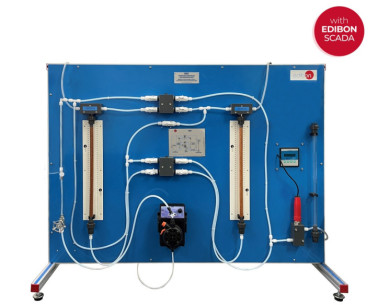In a world where climate change represents one of the greatest threats to our future, carbon dioxide (CO2) adsorption has become an urgent priority. The increasing concentration of CO2 in the atmosphere, primarily driven by human activities such as fossil fuel combustion and deforestation, has...
At EDIBON, we are committed to strengthening skills as a strategic pillar for the competitiveness and social well-being of the European Union. Proper training not only boosts the economy but also enables individuals to fully participate in society and democracy.
Прямая улавливание воздуха (DAC) — это инновационная технология, которая удаляет CO₂ непосредственно из воздуха с помощью химических реакций с жидкими растворителями или твердыми абсорбентами. Несмотря на такие проблемы, как высокие затраты и энергопотребление, DAC предлагает потенциальное...
Очистные сооружения сточных вод
В то время как станции очистки питьевой воды сосредотачиваются на обеспечении безопасной питьевой воды, очистные сооружения сточных вод обрабатывают использованную воду перед тем, как она будет вновь выпущена в окружающую среду.
Эти сооружения играют ключевую...
 Настройки cookie
Настройки cookie

